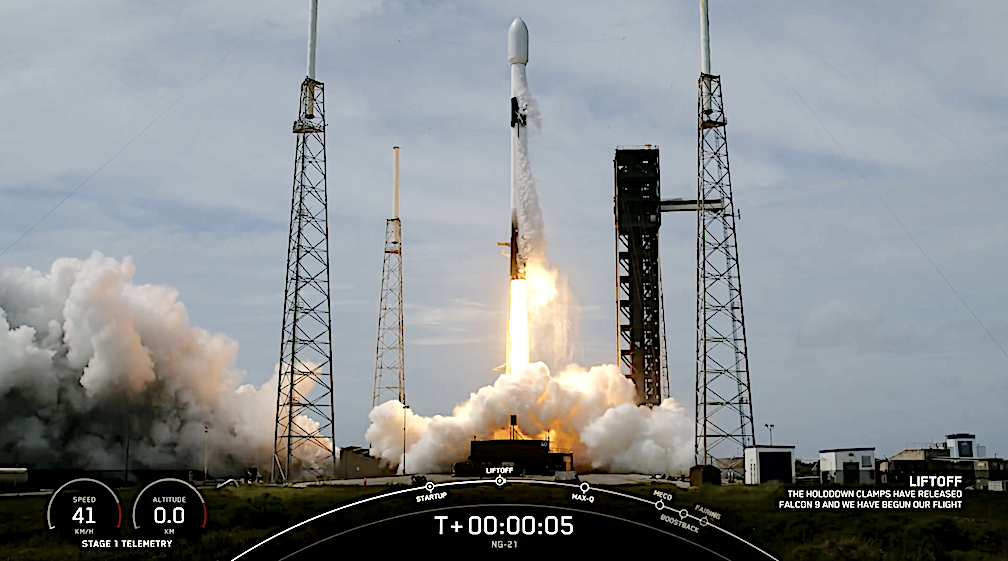
SpaceX was able to work with a window of opportunity between some challenging Florida weather on Sunday, August 4, long enough to send off NASA’s cargo resupply to the International Space Station mission aboard Northrop Grumman-21 (NG-21) from Space Launch Complex 40 (SLC-40) at Cape Canaveral Space Force Station in Florida. The instantaneous launch window was at 11:02 a.m. ET.
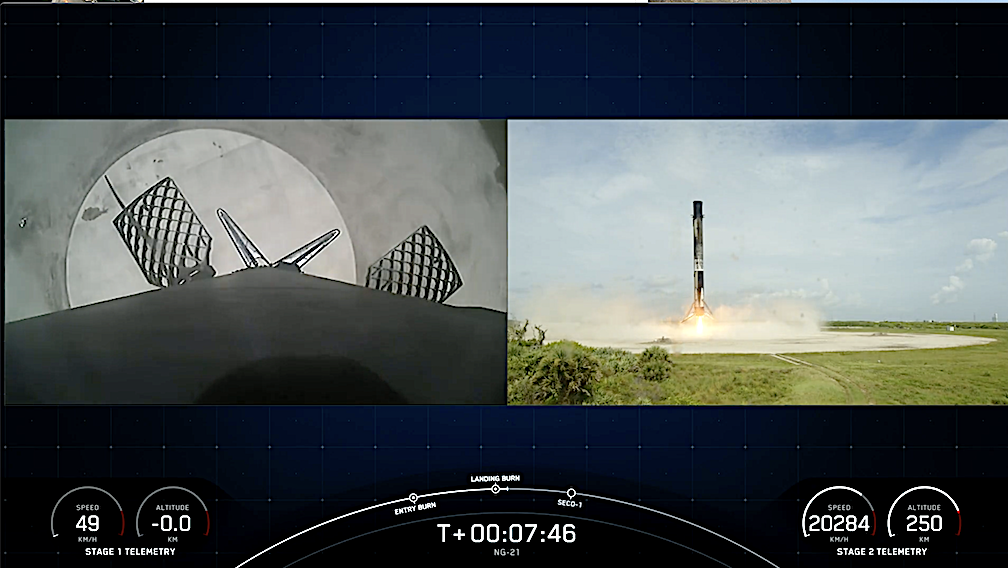
Photo captured from Florida on Sunday, August 4, by Satnews from SpaceX’s video stream.
With a liftoff of its Falcon 9 rocket Northrop Grumman’s Cygnus spacecraft began its approximately 40-hour journey to the orbiting outpost. It was set to deploy its twin circular solar panels about two-and-a-half hours following liftoff.
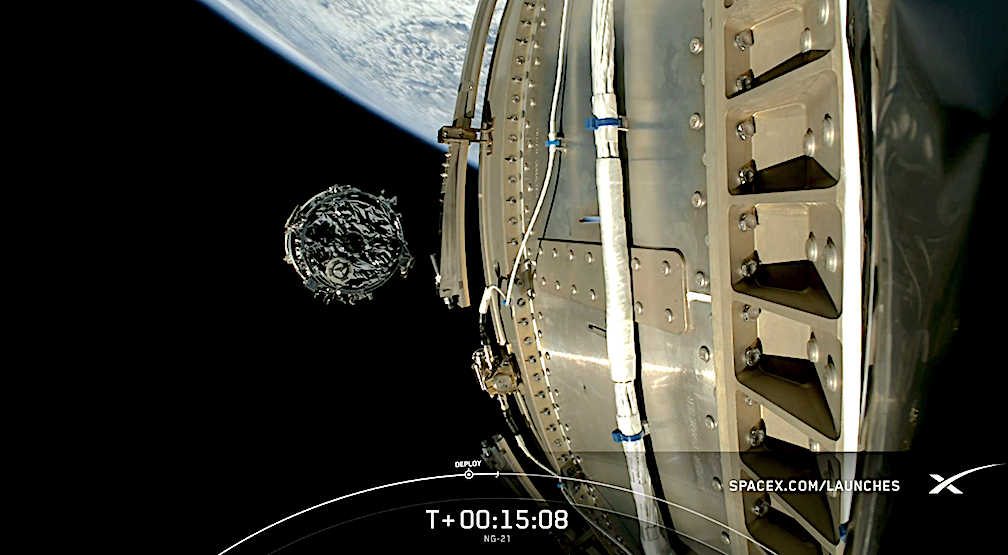
Photo captured on Sunday, August 4, by Satnews from SpaceX’s video stream.
SpaceX scrubs Saturday Cygnus mission and reschedules supplies to astronauts
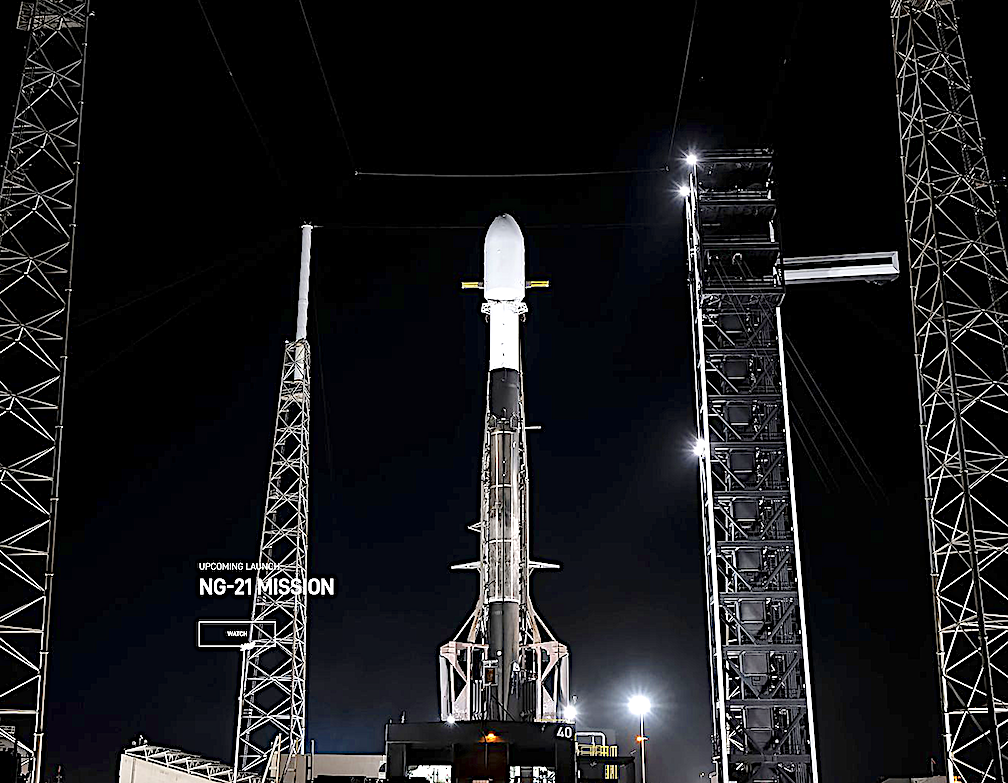
SpaceX is now targeting Sunday, August 4 for Falcon 9’s launch of Northrop Grumman’s 21st Cygnus mission (NG-21) to the International Space Station from Space Launch Complex 40 (SLC-40) at Cape Canaveral Space Force Station in Florida. The instantaneous launch window is at 11:02 a.m. ET.
The scrub is due to unsettled weather. “We are not within the cone of the center. However, tropical cyclone impacts do extend far and away from the center,” said Melody Lovin, a launch weather officer with the 45th Weather Squadron, during a prelaunch teleconference. “So, because of that, Sunday looks like incredibly tricky weather for us, if we do need to utilize that backup launch window.”
“We’re expecting a steady 25 to 30 miles per hour out of the southeast on Sunday morning,” Lovin said. “Sunday looks pretty tricky, so my team will do their best to find the hole in the clouds tomorrow and get that launch off on time.”
A live webcast of this mission will begin about 20 minutes prior to liftoff, which you can watch here and on X @SpaceX.
This is the tenth flight of the first stage booster supporting this mission, which previously launched Ax-2, Euclid, Ax-3, CRS-30, SES ASTRA 1P, and four Starlink missions. Following stage separation, Falcon 9 will land on Landing Zone 1 (LZ-1) at Cape Canaveral Space Force Station.
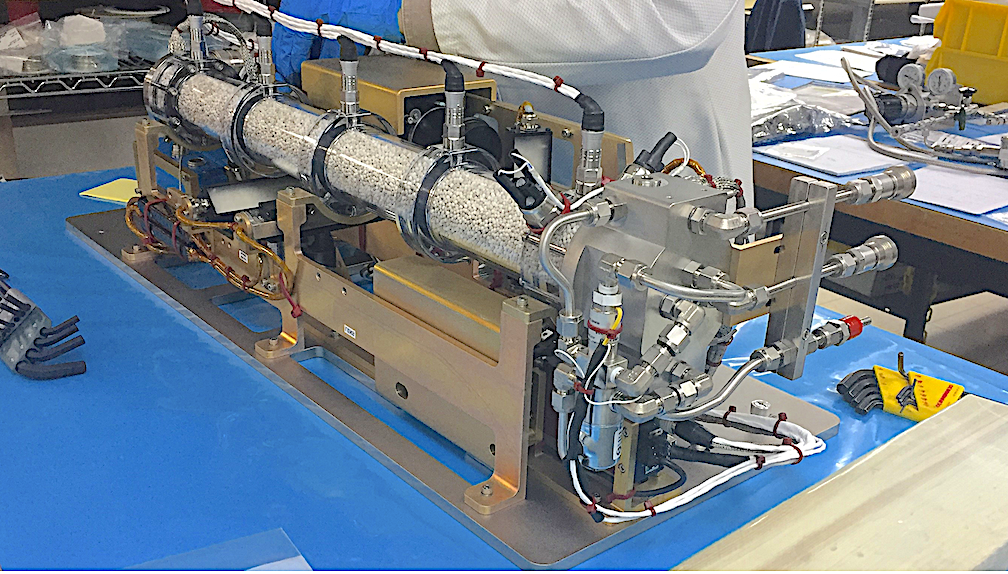
Hardware for the packed bed water recovery reactor experiment. The packing media is visible in the long clear tube. NASA
Aboard the Cygnus spacecraft are tests of water recovery technology, a process to produce stem cells in microgravity, studies of the effects of spaceflight on microorganism DNA, liver tissue growth, and live science demonstrations for students.
SpaceX’s Cygnus mission ready to resupply the ISS on Saturday
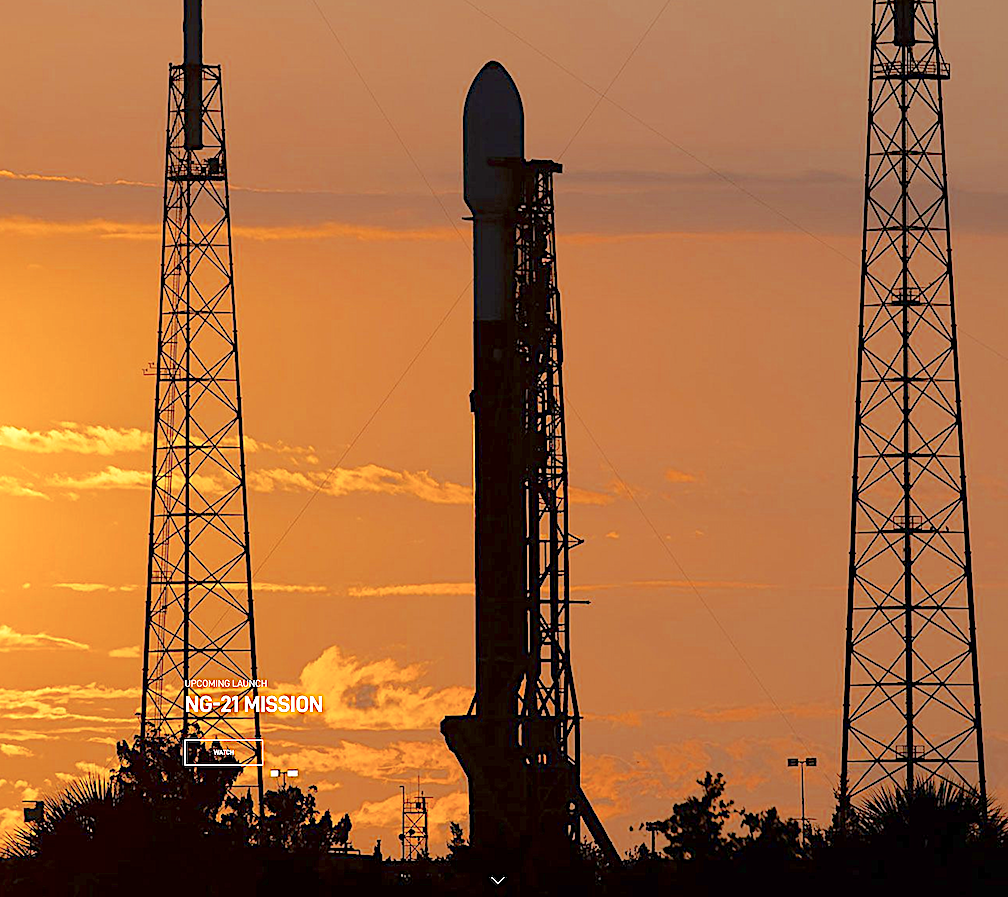
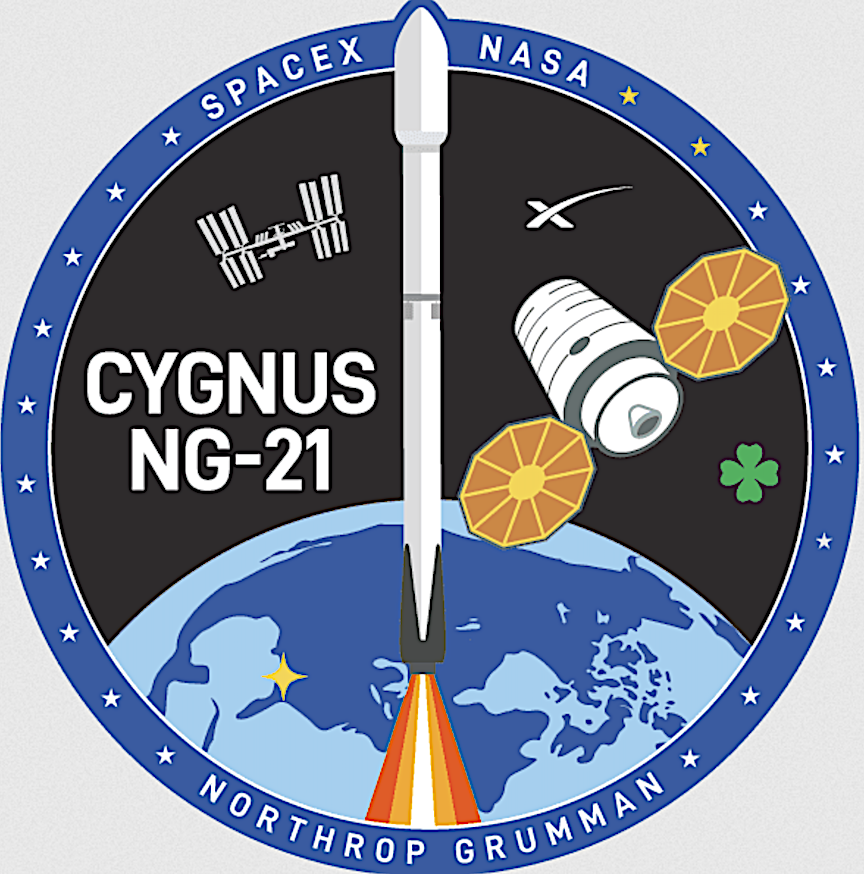
SpaceX is targeting Saturday, August 3 for Falcon 9’s launch of Northrop Grumman’s 21st Cygnus mission (NG-21) to the International Space Station from Space Launch Complex 40 (SLC-40) at Cape Canaveral Space Force Station in Florida. The instantaneous launch window is at 11:29 a.m. ET, with a backup launch opportunity available on Sunday, August 4 at 11:02 a.m. ET.
A live webcast of this mission will begin about 20 minutes prior to liftoff, which you can watch here and on X @SpaceX.
This is the tenth flight of the first stage booster supporting this mission, which previously launched Ax-2, Euclid, Ax-3, CRS-30, SES ASTRA 1P, and four Starlink missions. Following stage separation, Falcon 9 will land on Landing Zone 1 (LZ-1) at Cape Canaveral Space Force Station.
Aboard the Cygnus spacecraft are tests of water recovery technology, a process to produce stem cells in microgravity, studies of the effects of spaceflight on microorganism DNA, liver tissue growth, and live science demonstrations for students.
Additionally, Northrop Grumman and Firefly Aerospace continue work on the Antares 330 rocket set to launch in 2025 with the power of seven Miranda engines for the first stage of this rocket, while Northrop Grumman’s Castor 30XL solid rocket motor will power the second stage, as it did for the Antares 230.
